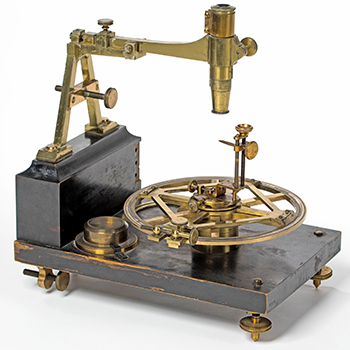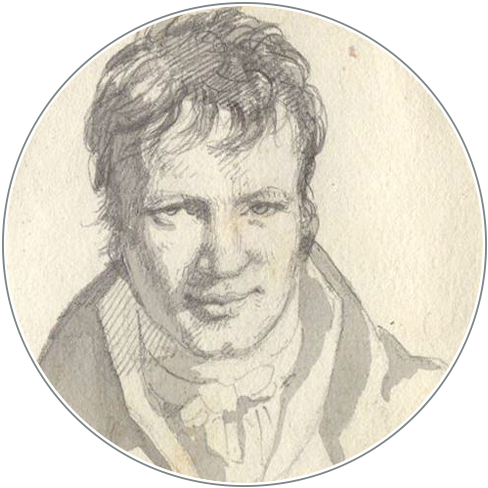Der Disput zwischen Gustav Rose und Jean-Baptiste Boussingault zum Silber im Uralgold.
Ein Ergebnis der russisch-sibirischen Reise Alexander von Humboldts 1829
DOI:
https://doi.org/10.18443/377Keywords:
Pure gold, Natural alloy, chemical analysis, isomorphism, intermetallic compound, Effects of the disputeAbstract
The French chemist Jean-Baptiste Boussingault, who was encouraged by Alexander von Humboldt, published a new theory on the chemical bond between two metals in 1827. Using the example of silver in pure gold from South American sites, he proved that the two precious metals in this natural alloy were bound together in fixed proportions. The German chemist and mineralogist Gustav Rose, who was also supported by Humboldt, doubted this theory. To prove the opposite, he collected gold samples in the Ural region during Humboldt's Russian-Siberian journey. His analyses showed that there were no bonds between gold and silver, which made a free mixture of the two metals possible. The theoretical justification for this result was not provided until 1926 with the discovery of the ‘Goldschmidt rule’.

Downloads
Published
How to Cite
Issue
Section
License
Copyright (c) 2025 Ulrich Karl Bernd Stottmeister

This work is licensed under a Creative Commons Attribution-NonCommercial 4.0 International License.
HiN operates under a Creative Commons-Licence (CC BY-NC 4.0), which permits the reproduction of articles, free of charge, for non-commercial use only and with the appropriate citation information. All authors publishing with HiN accept these terms of publication.
Authors retain the copyright for their articles and reviews. Copyright of the layout and design of HiN articles remains with the journal and cannot be used in other publications.









